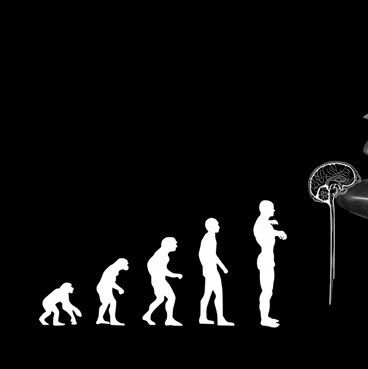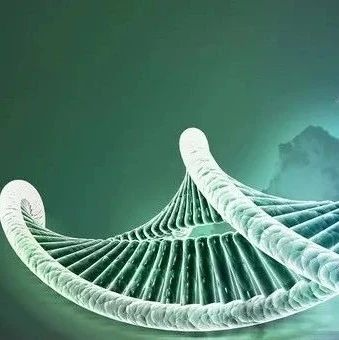Abstract
The nongenomic, rapid effects of glucocorticoid activate multiple intracellular transduction pathways. This review proposes a possible genomic consequence of the nongenomic action of steroids. The genomic actions of hormonal steroids may be twofold: classic genomic and nongenomically induced genomic.
Introduction
In the 1960s, the intracellular receptors for the steroid hormones were identified and the action of the steroid hormone was attributed to its binding with the receptor, which resulted in the activation of the genome in the cell nucleus as well as changes in the synthesis of new proteins. The genomic theory of steroid hormone action, which has been widely accepted for more than 30 years and is described in most discriminating textbooks as the sole mechanism of steroid hormone action, can satisfactorily account for most metabolic and developmental processes with slow onset and an extended time course. However, the theory met difficulties in explaining the rapid actions of steroid hormones in the body. As a complement to the classic genomic theory, a nongenomic mechanism has been proposed for the rapid action of hormonal steroids and has been widely documented. In the present review, the pleiotropic pathways for the intracellular transduction pathways of the rapid action of glucocorticoid (GC) and the possible genomic sequel to the nongenomic action of GC are discussed. If the notion of a genomic sequel to the nongenomic action can be validated by substantial data, the genomic actions of hormonal steroids may be at least twofold: a "classic" genomic action and a nongenomically induced genomic sequel.
https://physiologyonline.physiology.org/content/16/6/292.full







